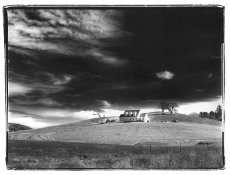seadrive said:It is used for making fine prints, as a jumping-off point, to tell you what you have to work with. From there, it's up to you.
Yup, I agree - it's a great way to make work prints.
I put that last bit in there as a pre-emptive strike against the posts slagging us (wrongly) for making fine prints *only* at max black times.
Murray















